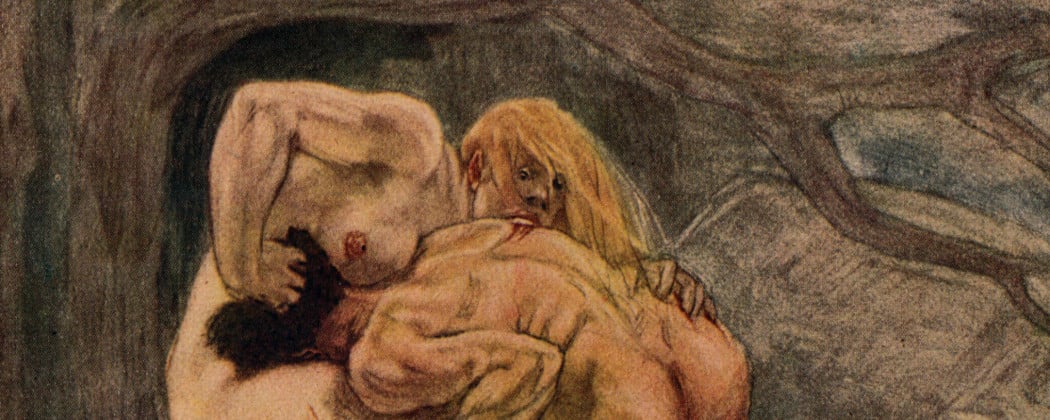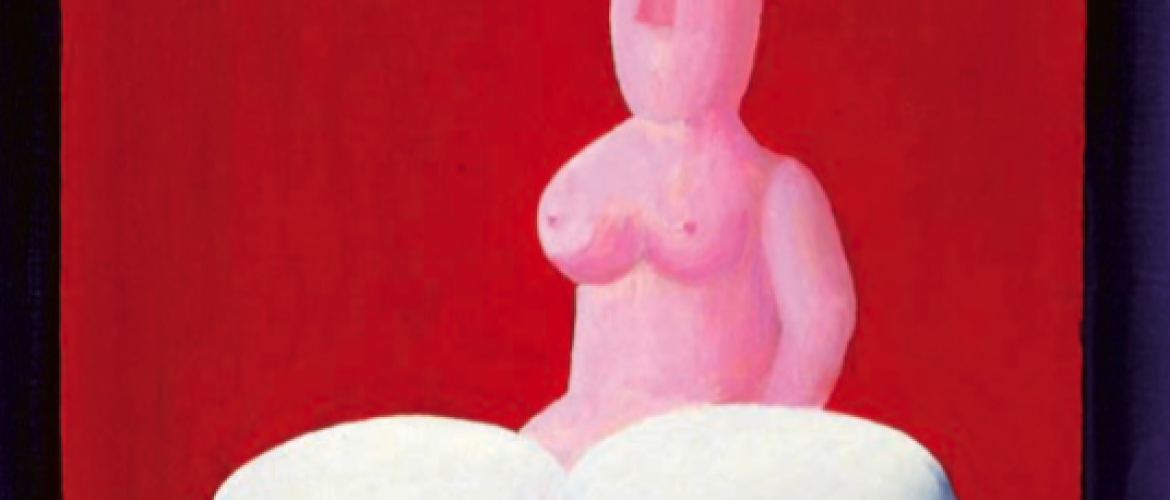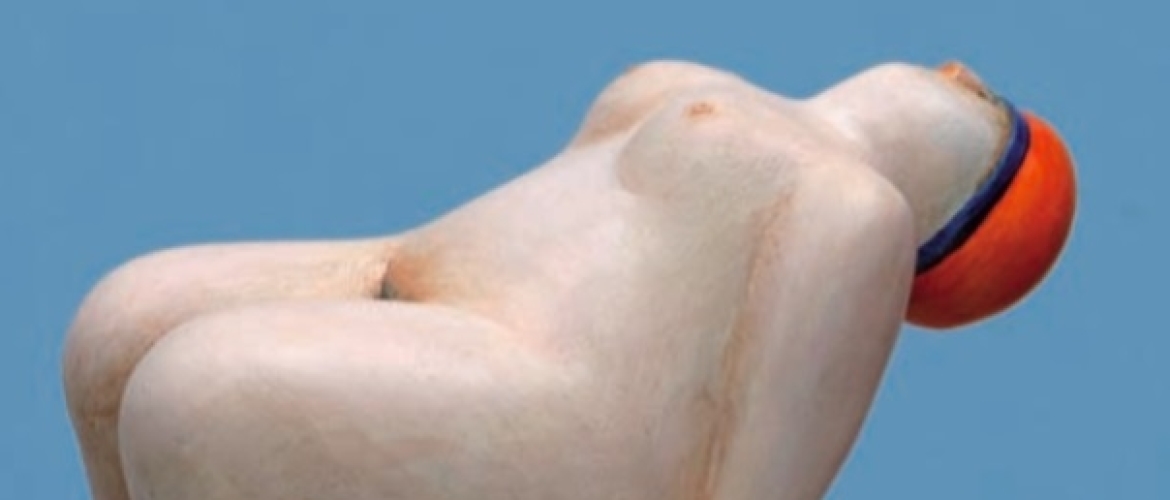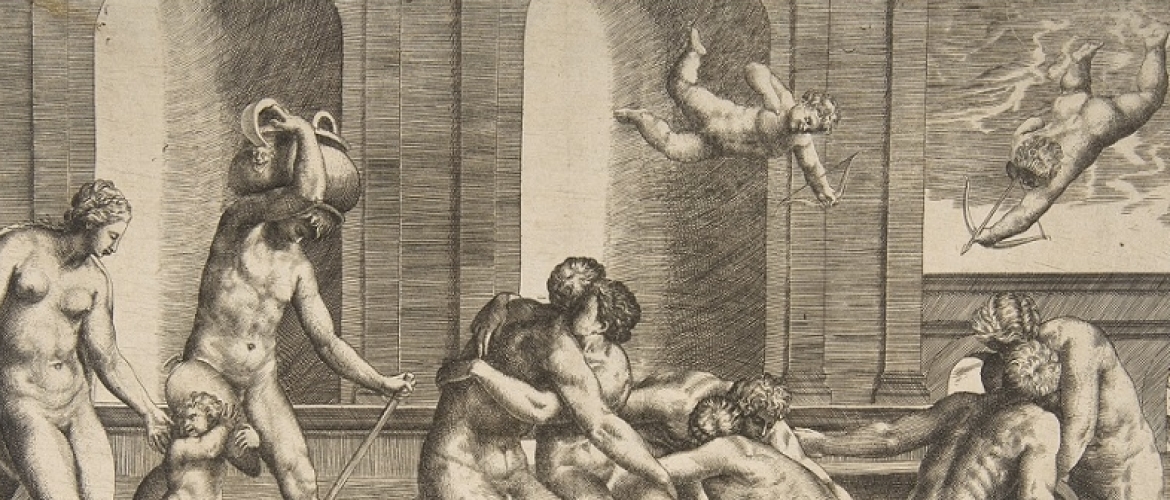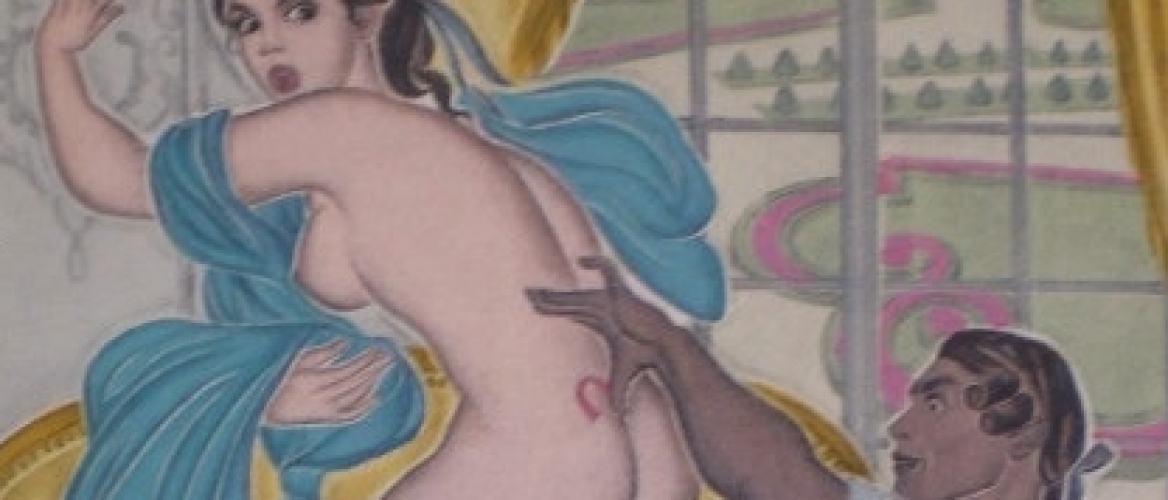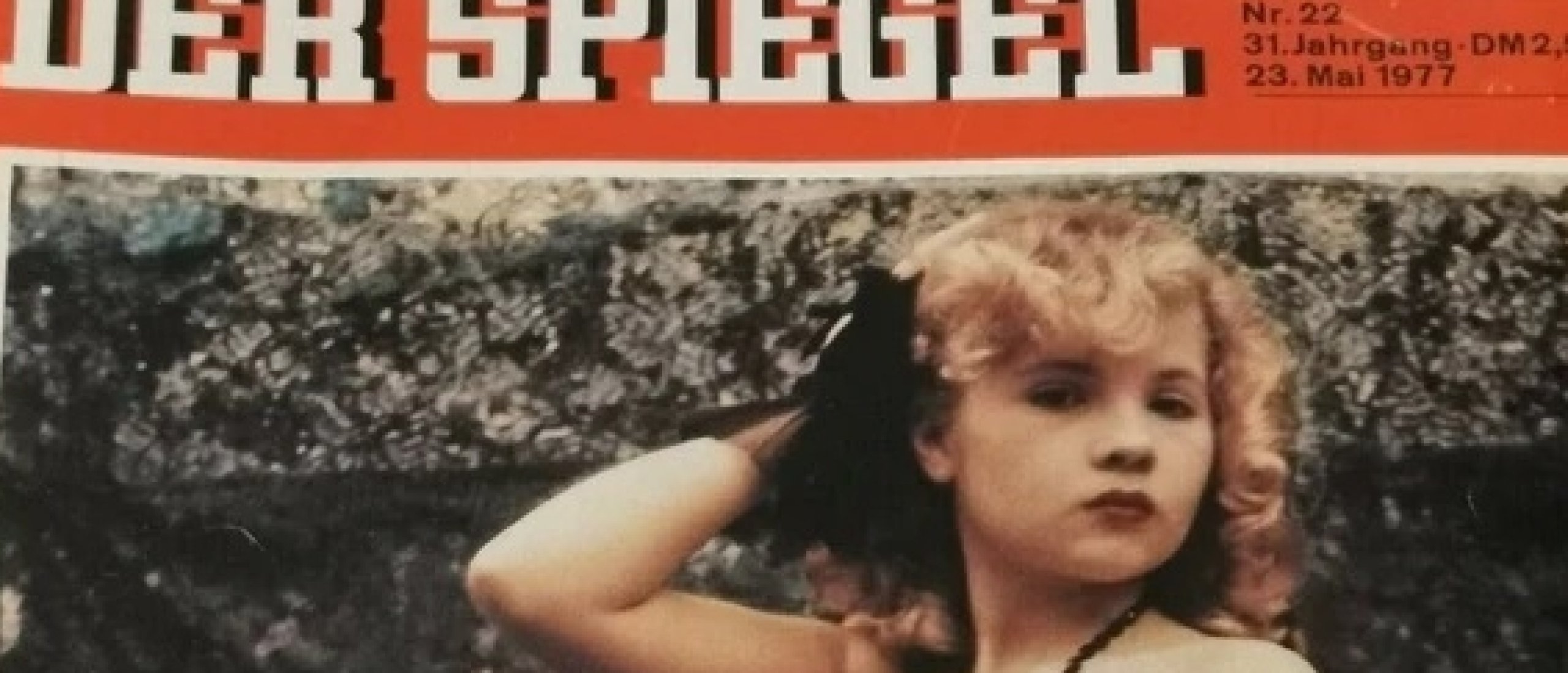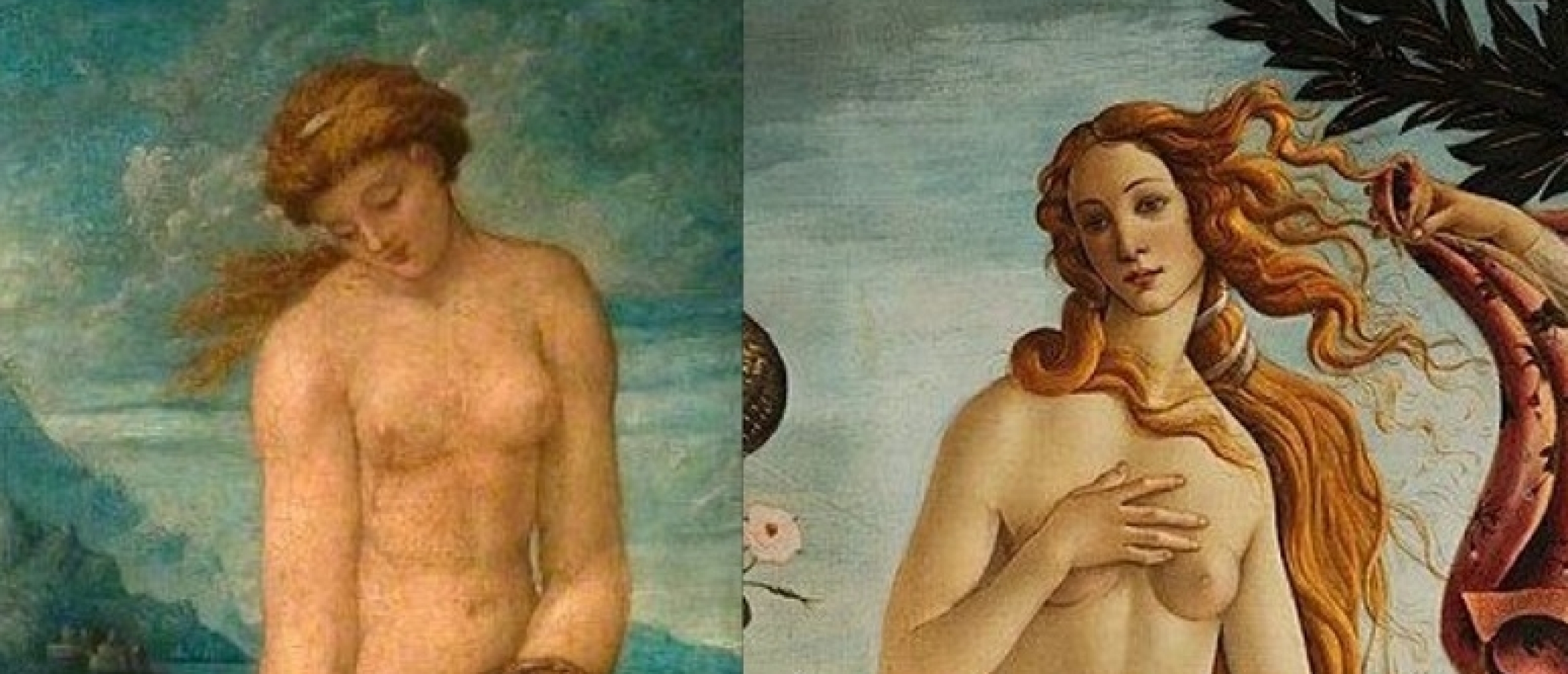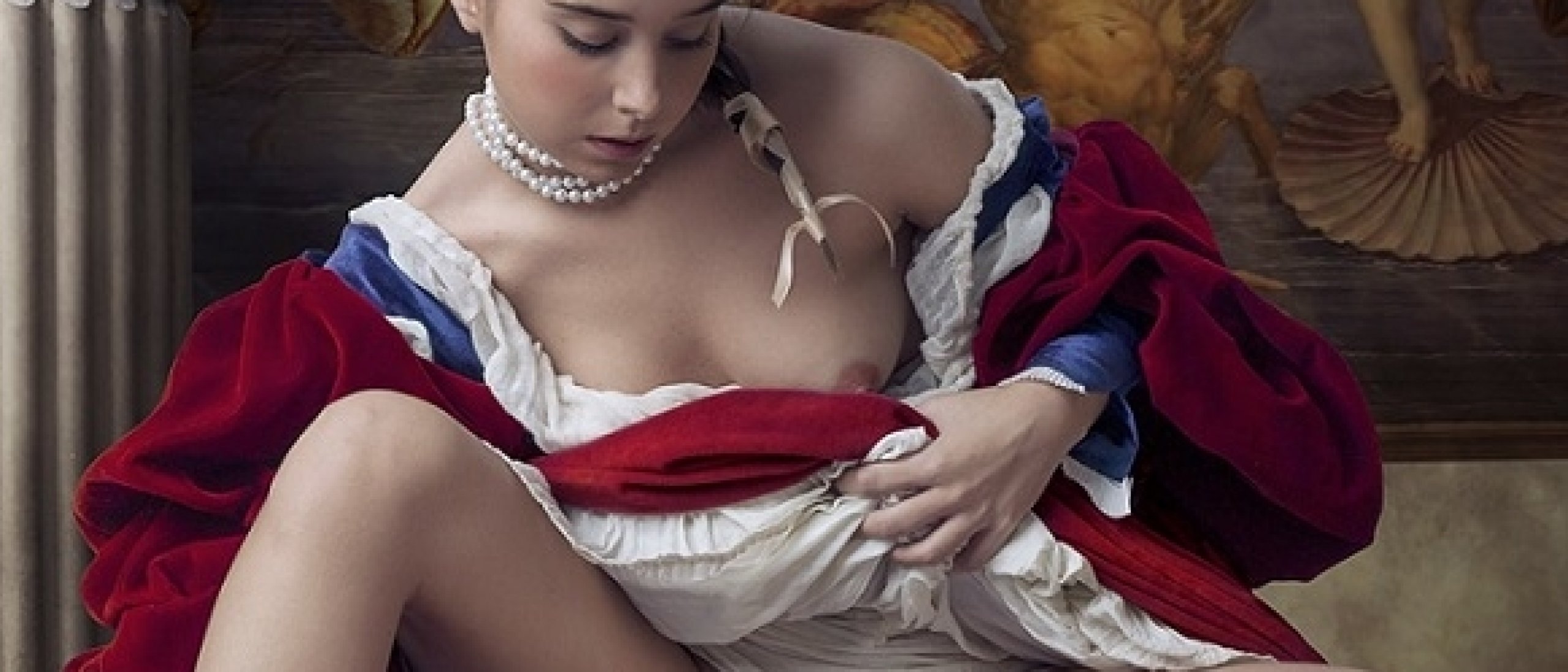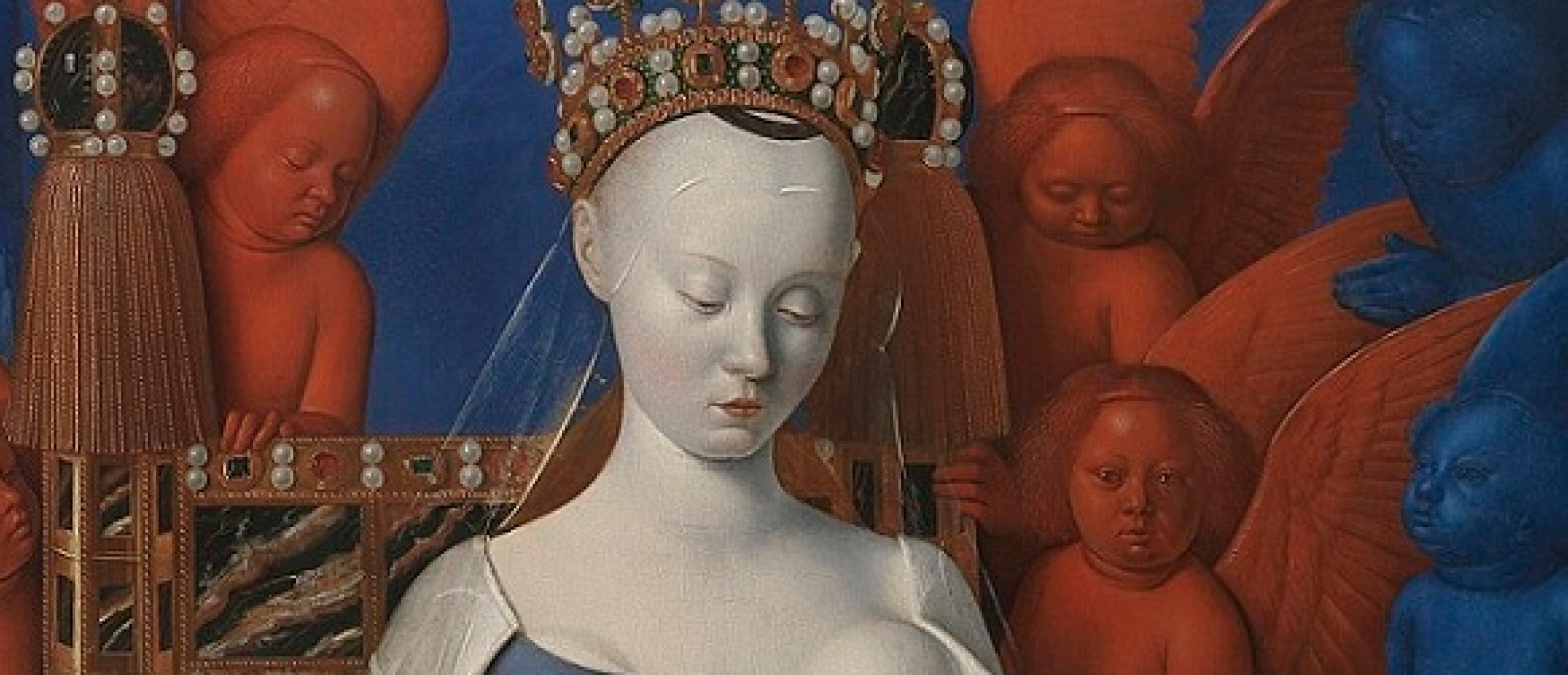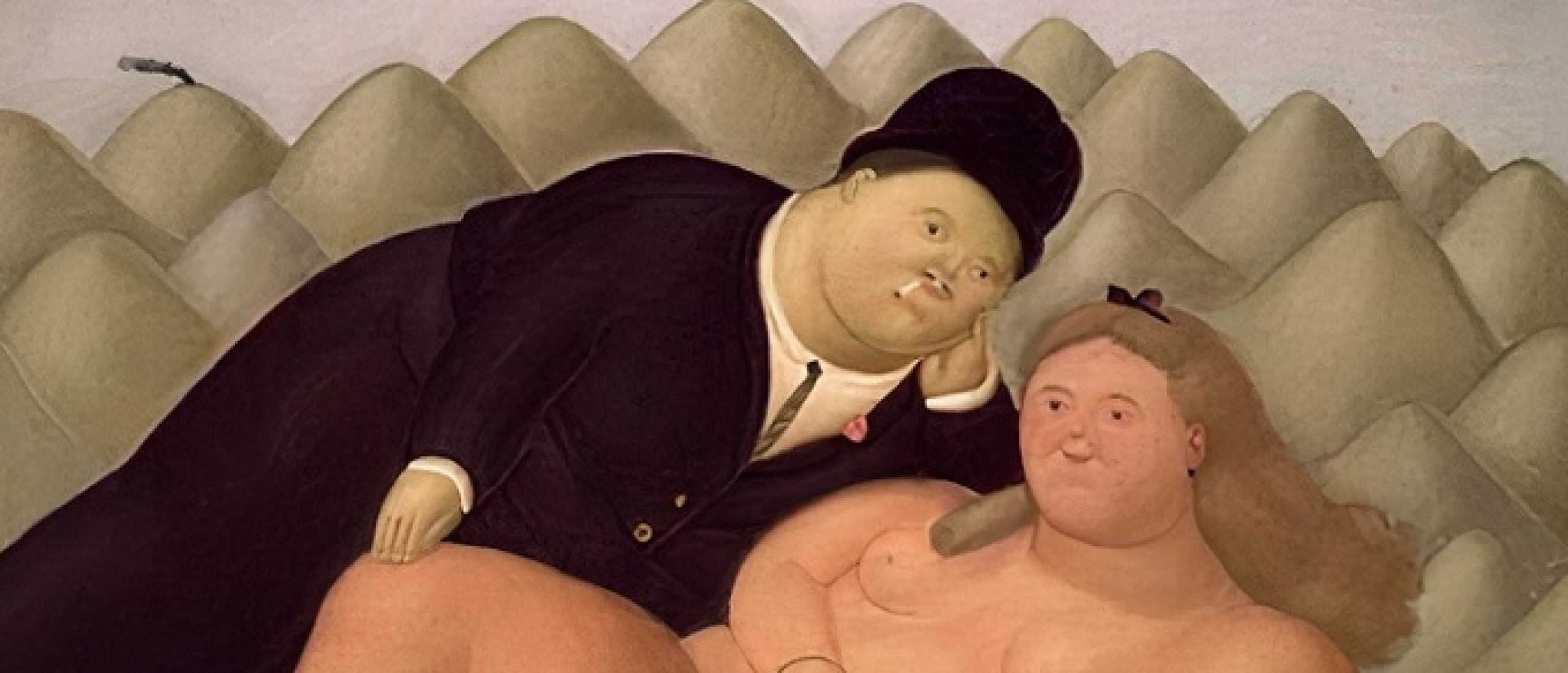
Surfing the net, you've probably seen the "y tho" meme featuring a "plump kid dressed in yellow." Actually, as reads the title of the painting, the mysterious kid is a reinterpretation of Raphael's Pope Leo X (or his portrait made by Rubens), though, the statue of Leo X in the church of Santa Maria in Rome seems to be the closest prototype. The author of this amusing picture is the Colombian figurative artist and sculptor Fernando Botero (b. 1932). His plump characters with round heads resemble those of Vasko Lipovac's paintings and sculptures (you can check out our articles on them!).

Fig. 1. Left: “Y tho” meme; right: Pope Leo X (after Raphael), 1964 (wikiart.org)
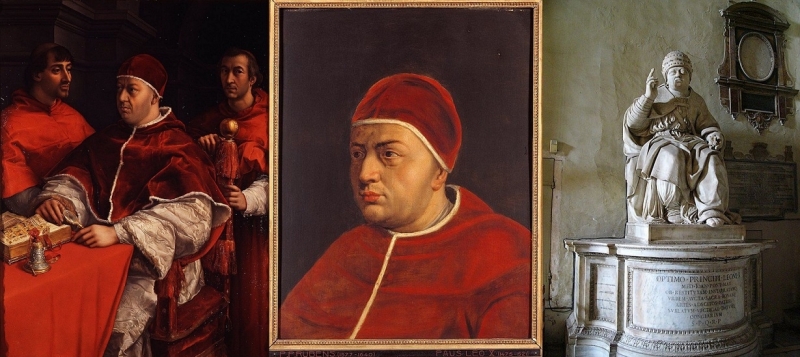
Fig. 2. Left: Raphael's Portrait of Leo X with cardinals, 1520; center: Portrait of Leo X by Rubens, 17th century; right: Statue of Leo X in the church of Santa Maria in Aracoeli, Rome (Wikipedia.org)
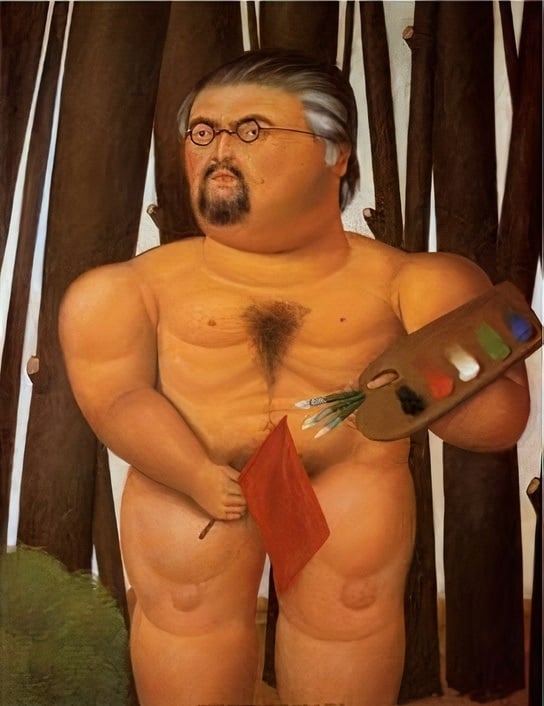
Fig. 3. Fernando Botero, Self-portrait (wikiart.org)
Early Years and Career
Fernando Botero was born in a family of a salesman and a seamstress. His father died of a heart attack when Fernando was four. Growing up in Medellin, Colombia, Botero got inspiration from the local architecture. At sixteen, he began publishing illustrations in the supplement of El Colombiano. In 1948, his paintings were initially exhibited in a group show. Two years later, Botero's first solo exhibition happened. In the 1950s, the artist traveled to Barcelona and Paris. Attending Louvre, he studied works of Renaissance and Baroque masters that would become a basis for his pictures. In 1958, the artist took the first prize of the Salon of Colombian Artists. In the 1970s, he manifested himself as a sculptor. Botero's chubby cats can be seen on the streets of Barcelona, Venice, and other cities. Throughout his artistic career, Botero has had more than 50 exhibitions worldwide. He created his own recognizable manner known as "boterismo."
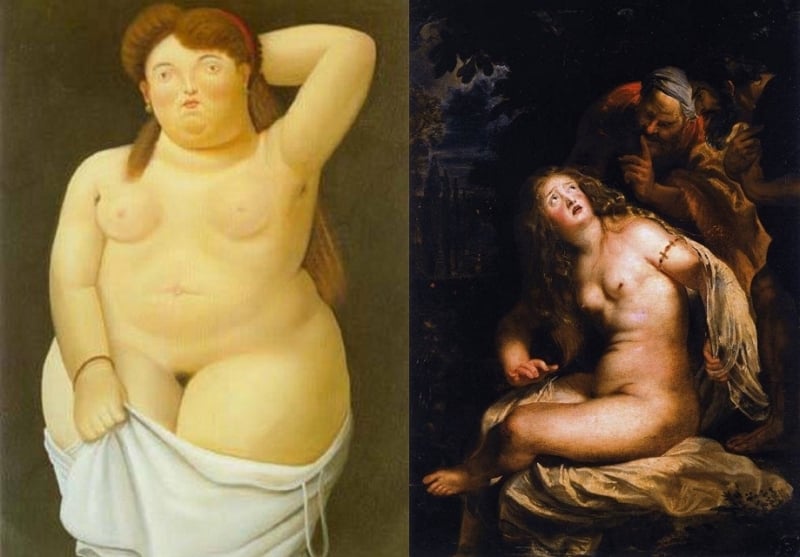
Fig. 4. Left: Torso, 1988 (conchigliadivenere.wordpress.com); right: Rubens, Susanna and the Elders, 1607-1608 (wikiart.org)
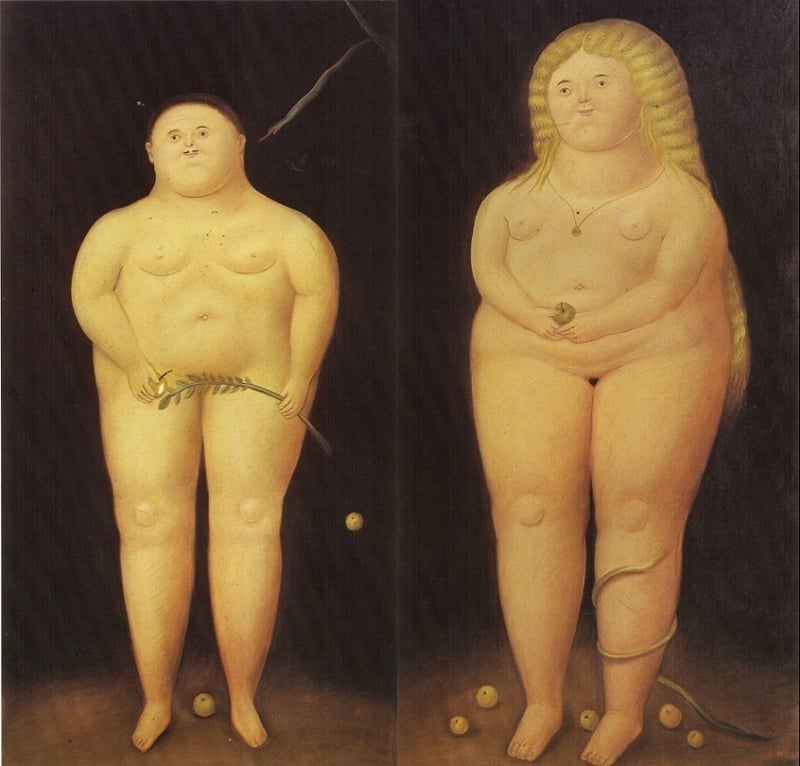
Fig. 5. Left: Adam and Eve (Adam), 1968; right: Adam and Eve (Eve), 1968 (wikiart.org)
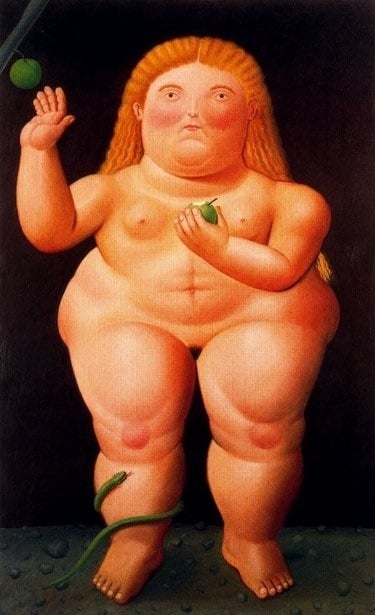
Fig. 6. Eve (conchigliadivenere.wordpress.com)
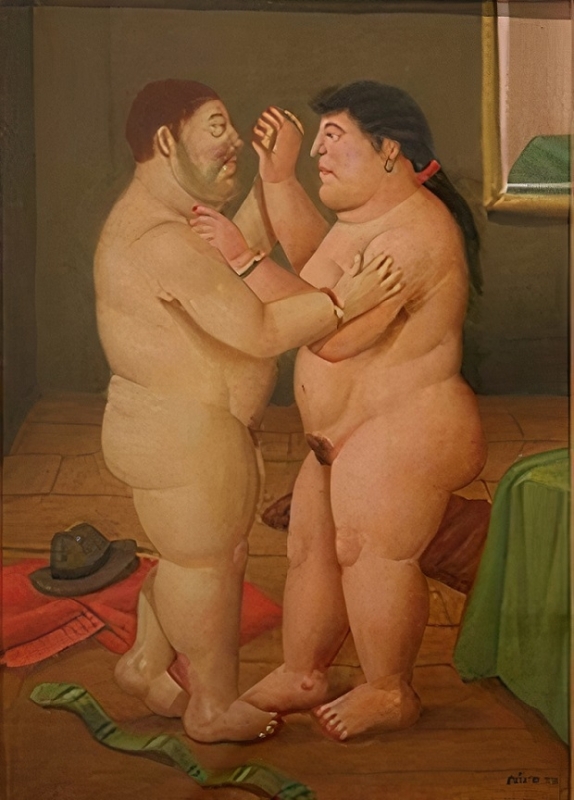
Fig. 7. Dance (conchigliadivenere.wordpress.com)
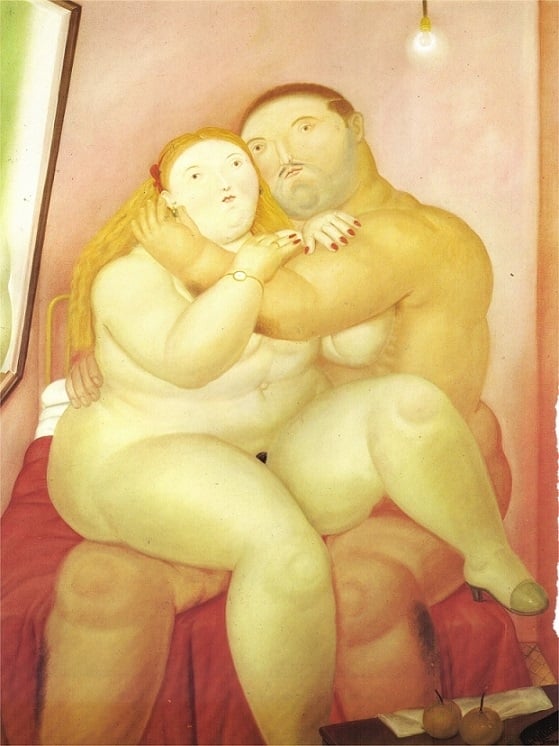
Fig. 8. Lovers (conchigliadivenere.wordpress.com)
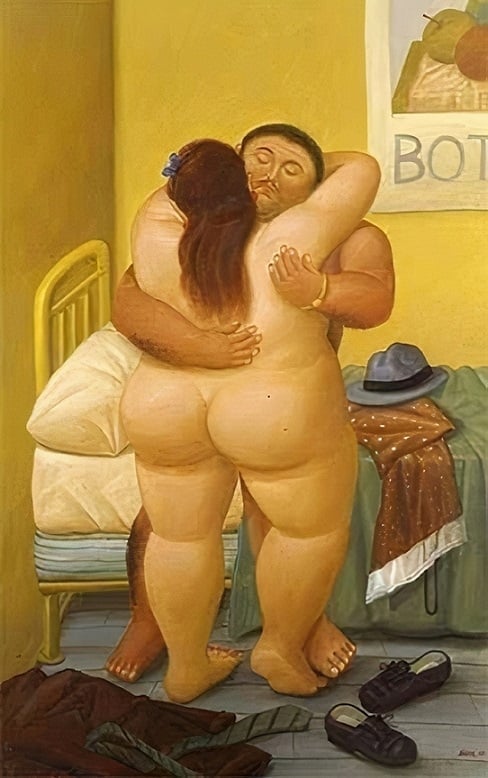
Fig. 9. Lovers (conchigliadivenere.wordpress.com)
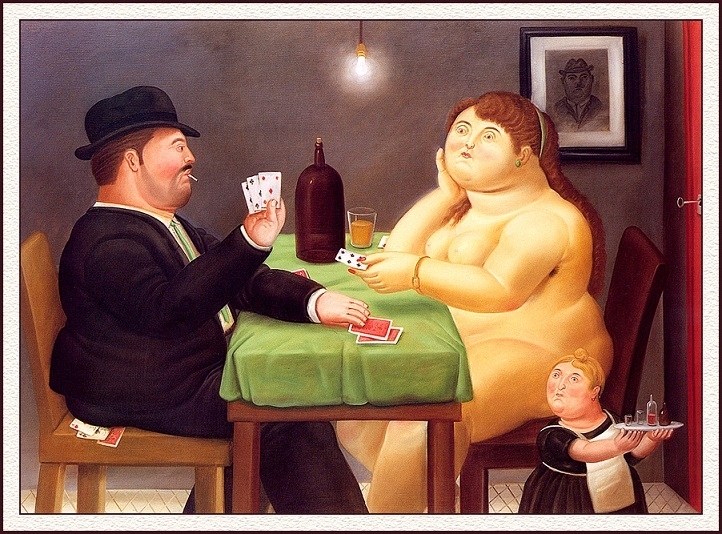
Fig. 10. Card player (wikiart.org)
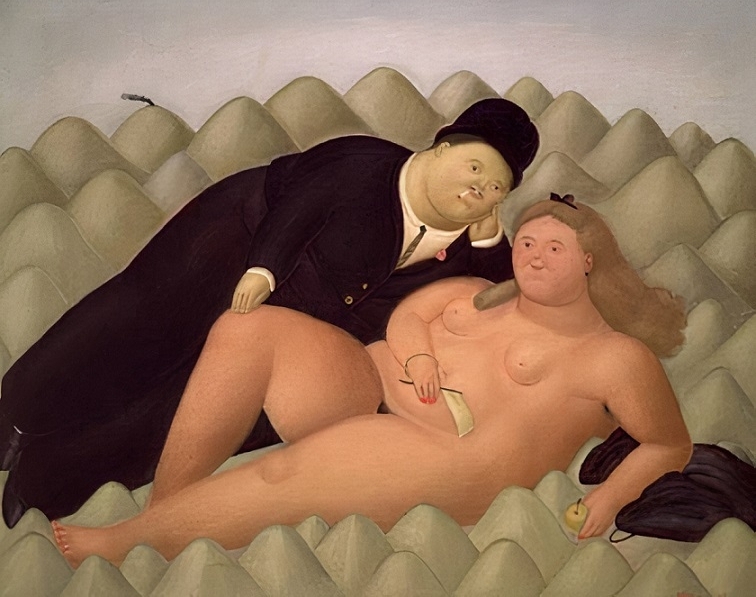
Fig. 11. Lovers (wikiart.org)
Anti-Shunga
Botero doesn't explain how he came to the idea of "large people." He states that elaboration of the style was unconscious: "An artist is attracted to certain kinds of form without knowing why. You adopt a position intuitively; only later do you attempt to rationalize or even justify it" (wikipedia.org). Botero's characters, with their impressive shapes, look like an homage to old masters, such as Rubens or Titian. Watching Susanna and the Elders by Rubens, one can notice a Baroque tendency to downsize genitalia and breasts, make them less remarkable, which is opposite to the tradition of Shunga. The same trend is developed in works by Botero, where genitalia are extremely reduced but still visible.
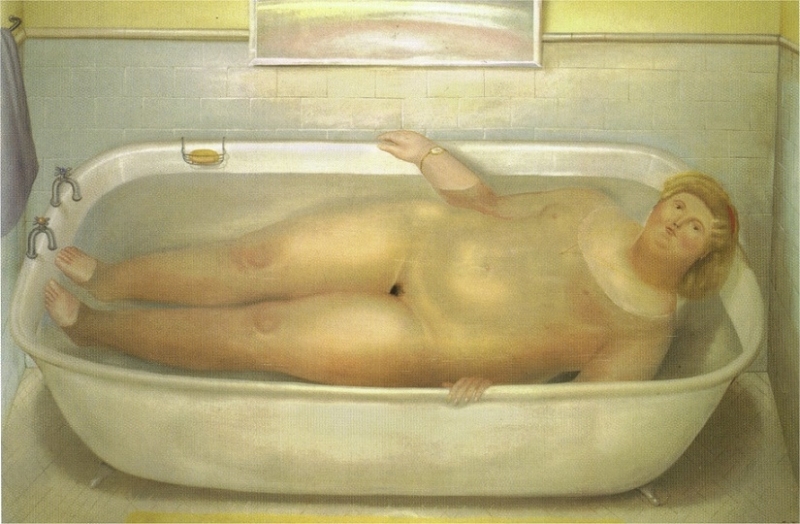
Fig. 12. Tribute to Bonnard, 1975 (wikiart.org)

Fig. 13. Tribute to Bonnard, 1972 (wikiart.org)
Become a Premium member and get instant access to the extended version of the article including another striking similarity between Botero's work and shunga art (depiction of a raping demon), more on Botero's aesthetics, his portrayals of cats, and many additional images.
Click HERE for the plump mistresses of Namio Harukawa....!
Sources: Wikipedia.org; wikiart.org; conchigliadivenere.wordpress.com
Let us know your thoughts on Botero's work in the comment box below...!!

